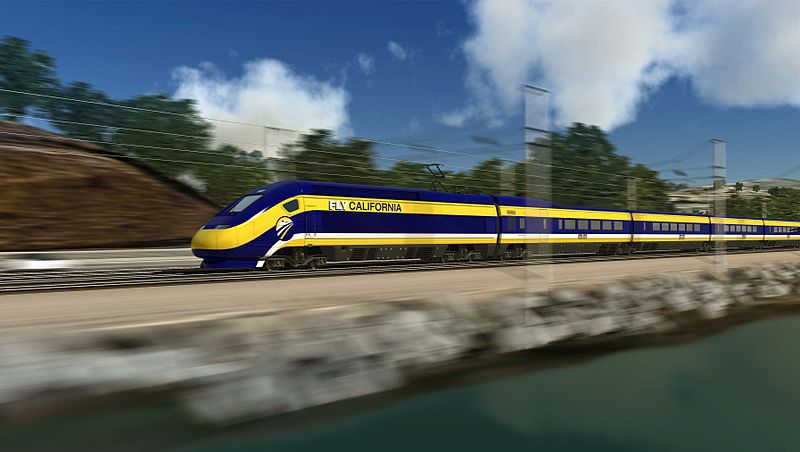The below Feb. 12, 2020 news release from the California High-Speed Rail Authority.
Advancing California’s leadership in building a modern, clean, and sustainable transportation system, the California High-Speed Rail Authority (Authority) today [Feb. 12, 2020] issued its Draft 2020 Business Plan for public review and comment.
The Draft 2020 Business Plan affirms the policy recommendation to the Authority Board to develop a clean, electrified Merced-Fresno-Bakersfield high-speed rail interim service line in California’s Central Valley with the funding currently available. The plan also outlines major program progress in all three regions of the state – Northern California, Central Valley and Southern California.
Notably, the Draft Business Plan estimates costs consistent with estimates contained within the 2018 Business Plan and 2019 Project Update Report.
“This plan outlines how this program will advance to meet California’s mobility, environmental and economic objectives,” said Authority CEO Brian Kelly. “We are in an exciting time for this project and the electrification of transportation in California. In 2020, there will be 350 miles of electrified high-speed rail in development. In the next 18 to 24 months, we will work to environmentally clear the full Phase 1 system between San Francisco and Los Angeles/Anaheim. This transformation is well underway in California. Now is not the time to turn back,” Kelly said.
The 2020 Business plan outlines the following priorities:
- Complete the 119-mile Central Valley construction segment and lay track pursuant to our federal funding grant agreements with the Federal Railroad Administration;
- Expand the 119-mile Central Valley segment to 171 miles of operable electrified high-speed rail connecting Merced-Fresno-Bakersfield, three of the fastest growing areas in California;
- Commence testing of electrified high-speed trains by 2025 and put those trains in service by 2028-29;
- Environmentally clear all segments of the Phase 1 system between San Francisco and Los Angeles/Anaheim in the next 18-24 months;
- Complete the “bookend” projects we have committed funding to in Los Angeles and the Bay Area—projects valued at more than $3 billion;
- Pursue additional funding opportunities to prospectively “close the gaps” and expand electrified high-speed rail service to the Bay Area and Los Angeles/Anaheim.
The Authority is proposing to use the funds available through 2030, projected to range from $20.6 billion to $23.3 billion, to:
- Deliver the Merced-Fresno-Bakersfield line
- Environmentally clear the full 520-mile Phase 1 system
- Complete the bookend investments in Northern and Southern California with its regional partners
In the Business Plan, the Authority has also included some notable achievements since the last business plan:
- More than 3,500 construction workers have been dispatched to work on the high-speed rail program in the Central Valley since the start of construction.
- There are currently over 500 small businesses that have worked with high-speed rail, illustrating the Authority’s commitment to have 30 percent of the project done by small business.
- From July 2006 to June 2019, investment of $5.7 billion in planning and building, resulting in $8.1 to $9.2 billion in economic output.
- 36 active or completed construction sites in the Central Valley, which is an increase of 17 over the past year.
With the release of today’s draft business plan, the Authority is now seeking input as part of a 60-day public comment period that starts February 12 and closes April 12. The Authority is providing the following options for submitting comments:
- Online comment form through the Draft 2018 Business Plan website at: https://www.hsr.ca.gov/about/business_plans/business_plan_2020_comment_form.aspx
For more information, see: High-Speed Rail Authority Issues Draft 2020 Business Plan for Public Review and Comment, news release here.

Image above: California High-Speed Rail Authority
Published by Alan Kandel